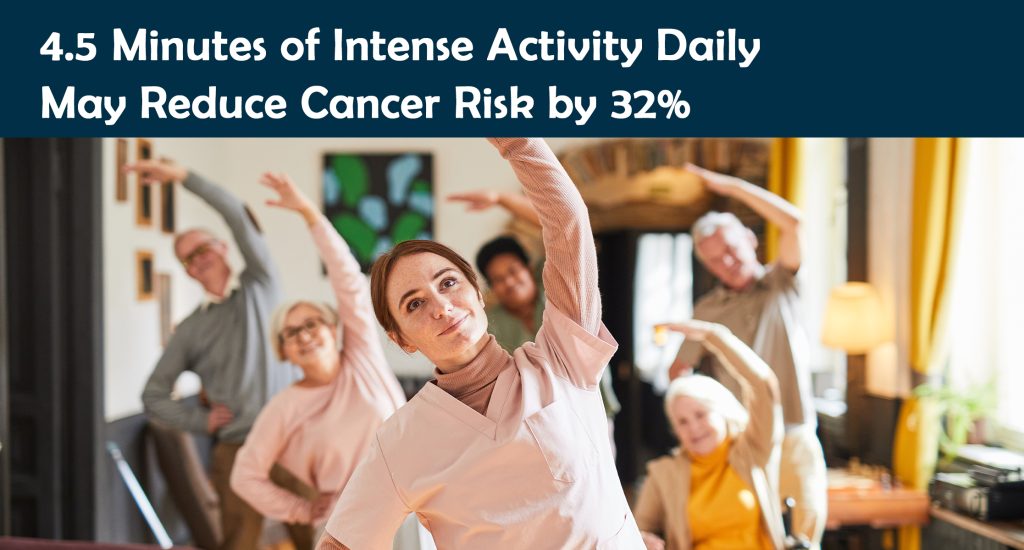
Exciting research from the University of Sydney reveals that as little as 4.5 minutes of intense physical activity during daily tasks can cut the risk of certain cancers by up to 32%. The study, published in JAMA Oncology, tracked over 22,000 ‘non-exercisers’ for nearly seven years using wearable devices. The short bursts of activity, termed “Vigorous Intermittent Lifestyle Physical Activity” (VILPA), include activities like vigorous housework or power walking. (Modafinil) While the study is observational and not conclusive, it highlights the potential benefits of incorporating VILPA into daily routines. The researchers suggest further investigation to better understand this promising cancer risk reduction approach.

